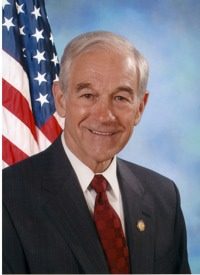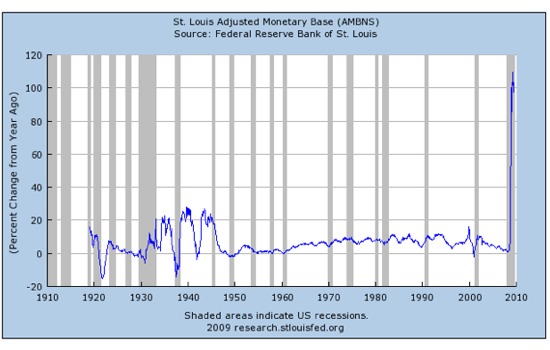
The House Financial Services Committee witnessed a classic confrontation July 21 where the redefinition of a word was finalized. The confrontation happened between free market Congressman Ron Paul (R-Texas) and Keynesian Federal Reserve Bank Chairman Ben Bernanke over the definition of inflation. Congressman Paul noted that “inflation is an increase in the money supply,” as indeed the term had classically been understood.
But Bernanke replied: “Inflation is the change in the consumer price level, which is very stable right now. And there are various measures of money, as you know, and the broad measures of money, the measures of money in circulation like M1 and M2 are not growing very quickly.”
Bernanke’s reply reflects several falsehoods, but notably it also includes the new definition of the meaning of the word “inflation” that has been adopted by the American people as well as by every major U.S. dictionary manufacturer over the past two decades. Webster’s dictionary once defined “inflation” as “an increase in the volume of money and credit relative to available goods,” according to my 1974 print edition of Webster’s. No longer. Webster’s, as well as American Heritage and other major dictionary publishers now define inflation as “an increase in consumer prices.”
Ironically, however, Bernanke’s prepared remarks noted that “consumer price inflation, which fell to low levels late last year, remained subdued in the first six months of 2009.” If inflation is nothing more than an increase in consumer prices, then why add the “consumer price” modifier at the beginning of describing inflation? Why add the redundancy? The answer can be found in the fact that the low level of consumer price inflation happened while the monetary supply was doubled by the Federal Reserve, as evidenced by this chart produced by the Federal Reserve Bank itself:

Bernanke was factually wrong about the M1 and other measures of money as well (the Federal Reserve’s own figures refute it), which have seen significant increases over the past year despite extraordinary “reclassification” efforts to disguise the level of currency inflation.
Bernanke confidently told Congress that the Fed’s Open Market Committee unanimously agreed that consumer prices will not increase much over the next two years, despite the currency inflation: “All participants expect that inflation will be somewhat lower this year than in recent years, and most expect it to remain subdued over the next two years.” But hyperinflation of consumer prices may just be around the corner if June statistics from the Bureau of Labor Statistics (BLS) can be believed. The BLS reports that the Consumer Price Index rose at an annualized rate of 8 percent in June (0.7%) and that the Producer Price Index rose at more than 20 percent if annualized (1.8%).
Free market economists led by the Austrian school maintain that doubling the monetary supply, as the Federal Reserve has done, will inevitably lead to higher consumer prices. Bernanke told committee members he plans to withdraw the currency from the market before that happens. The June BLS figures mean he may have to do so long before he planned.



